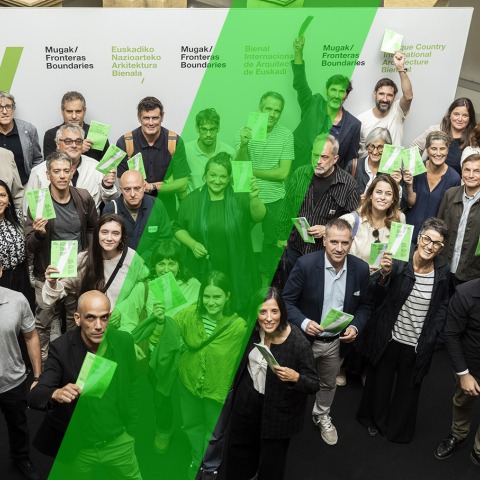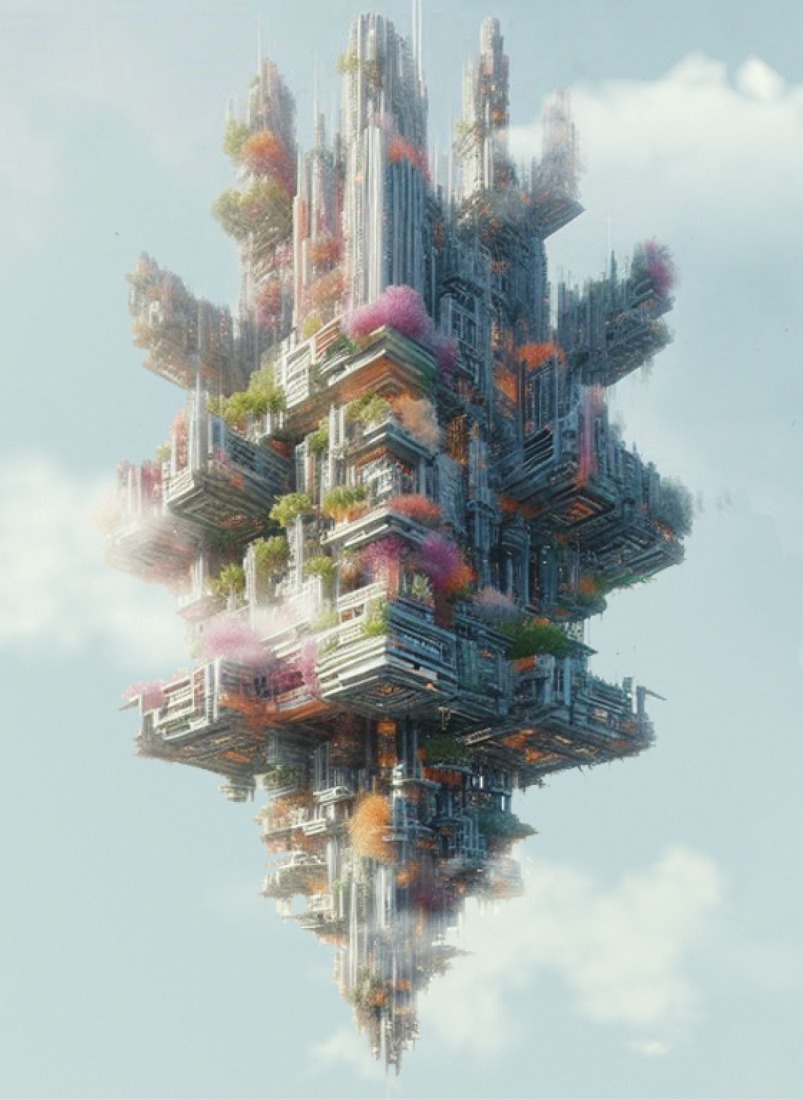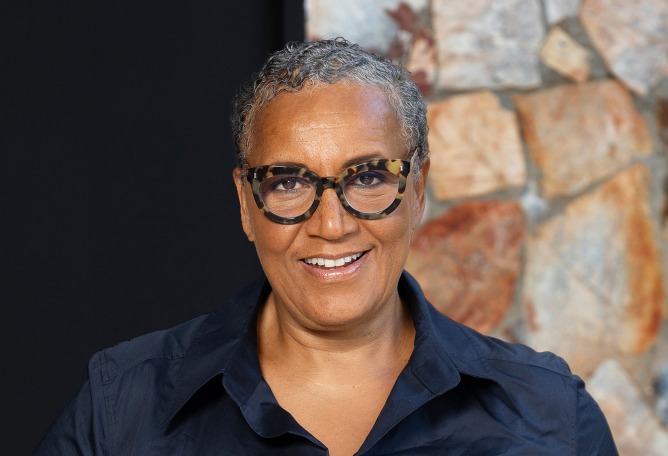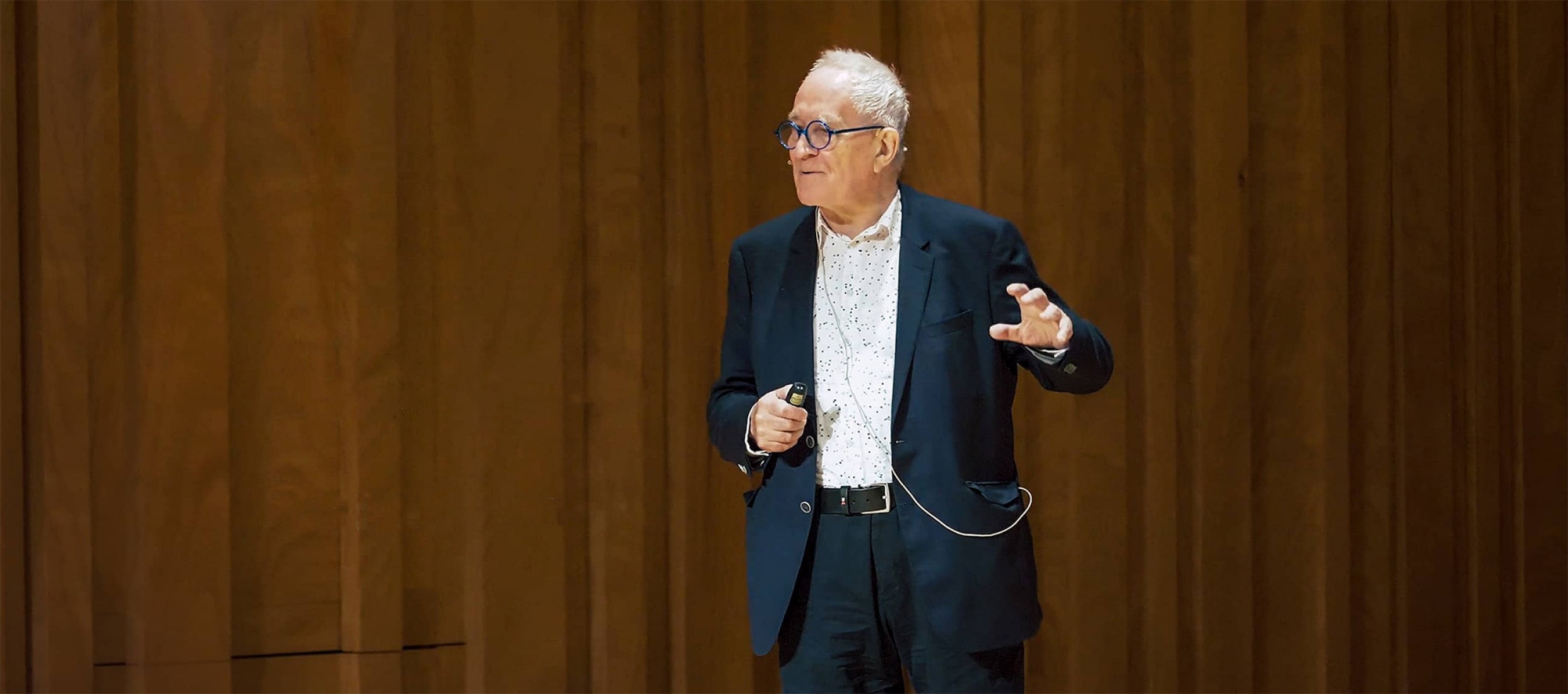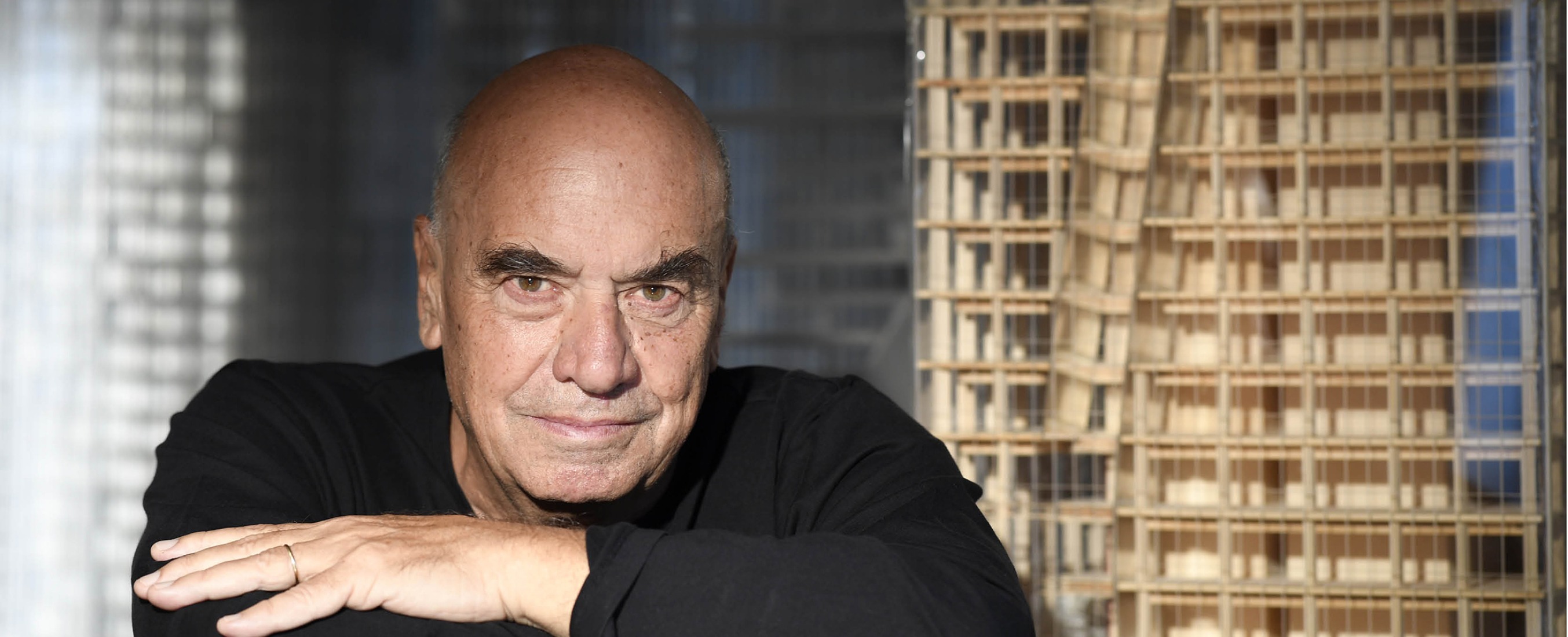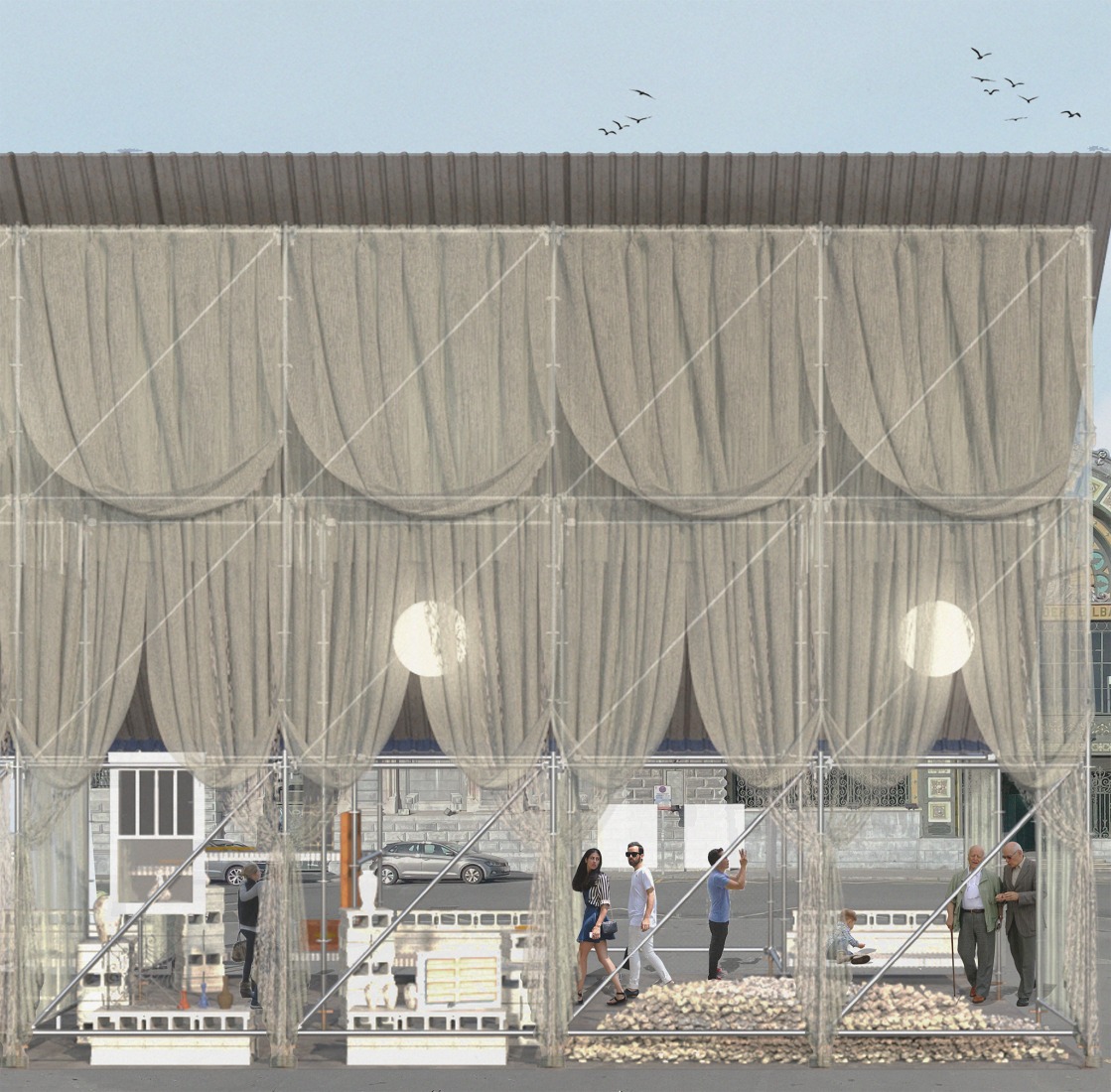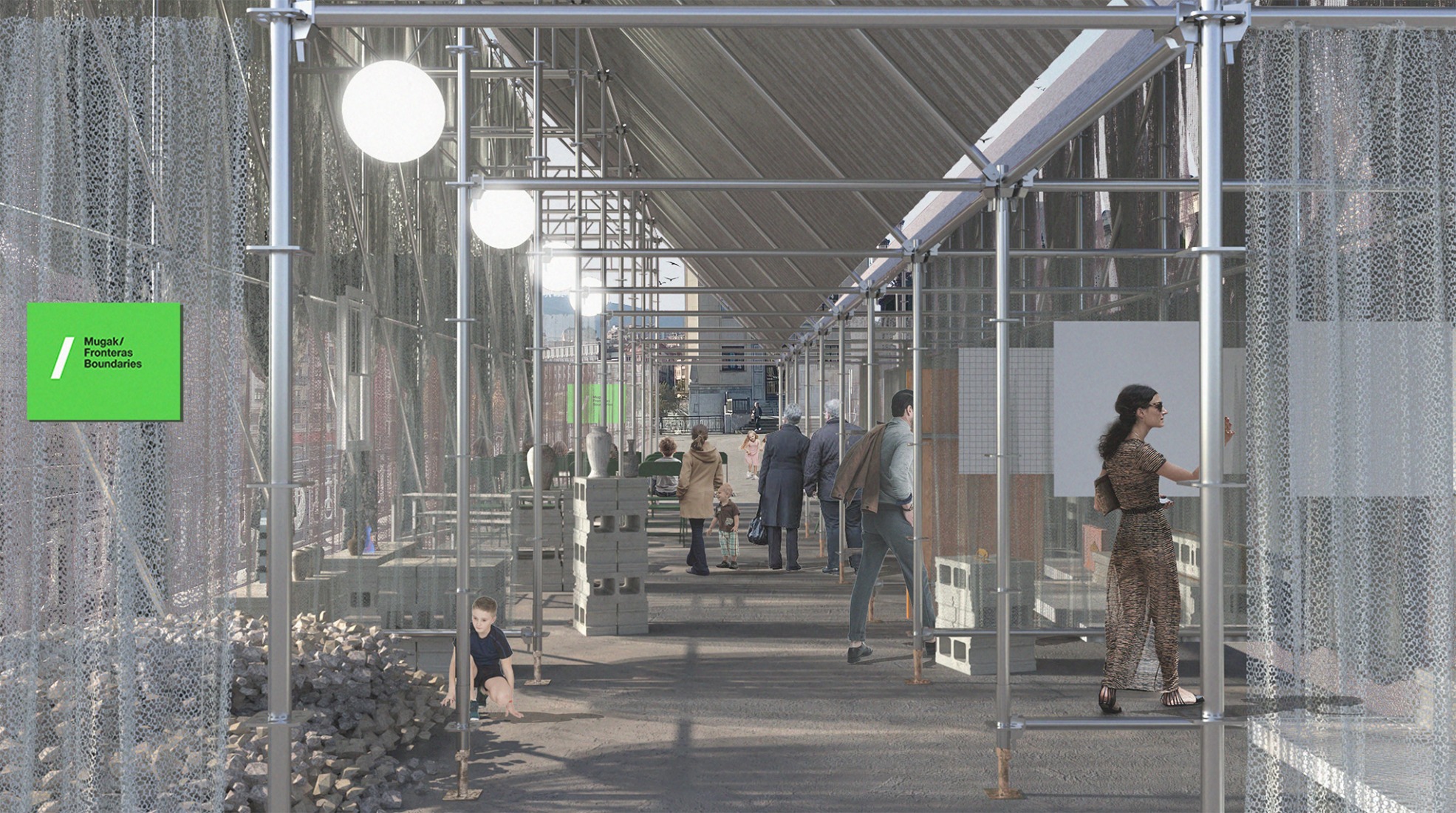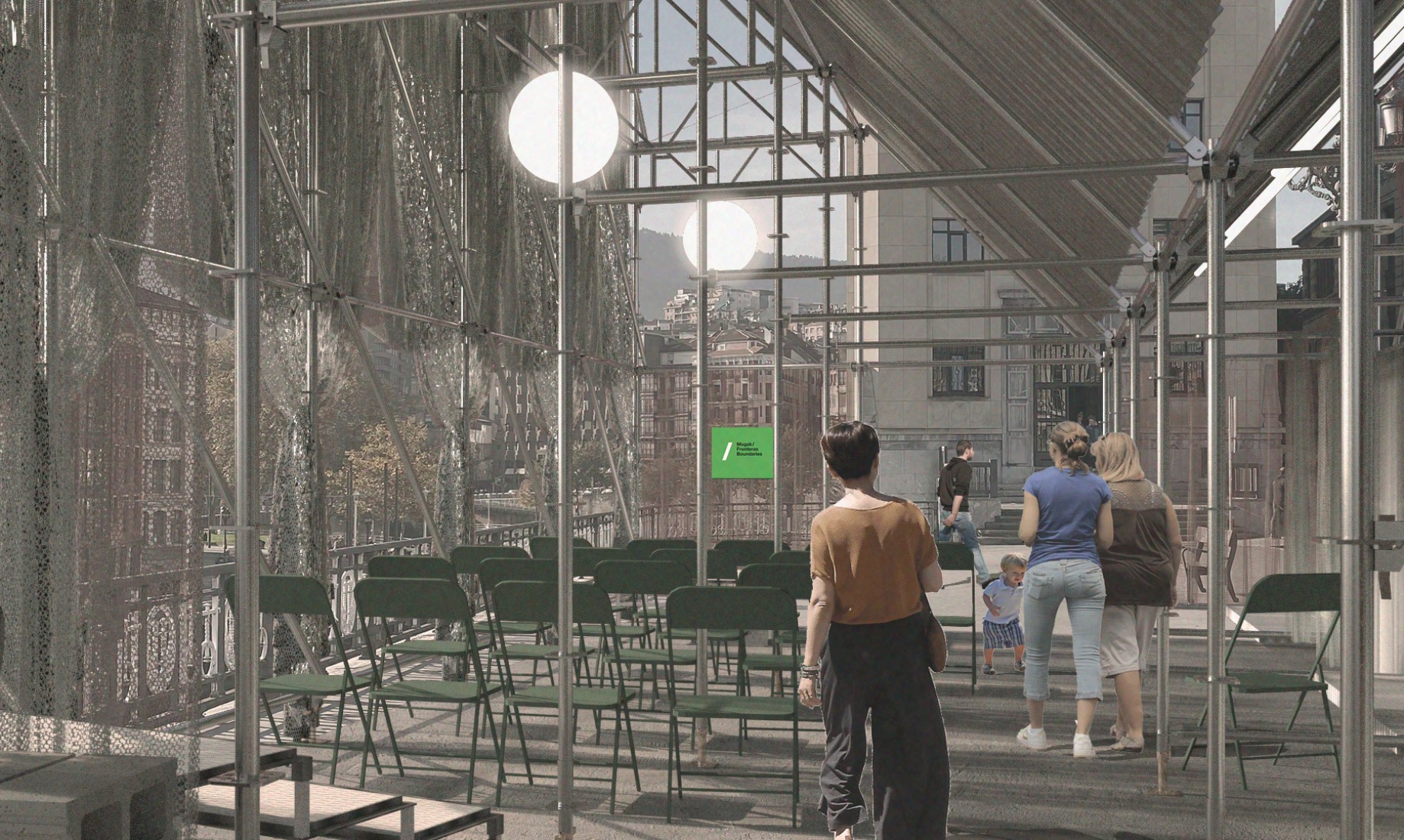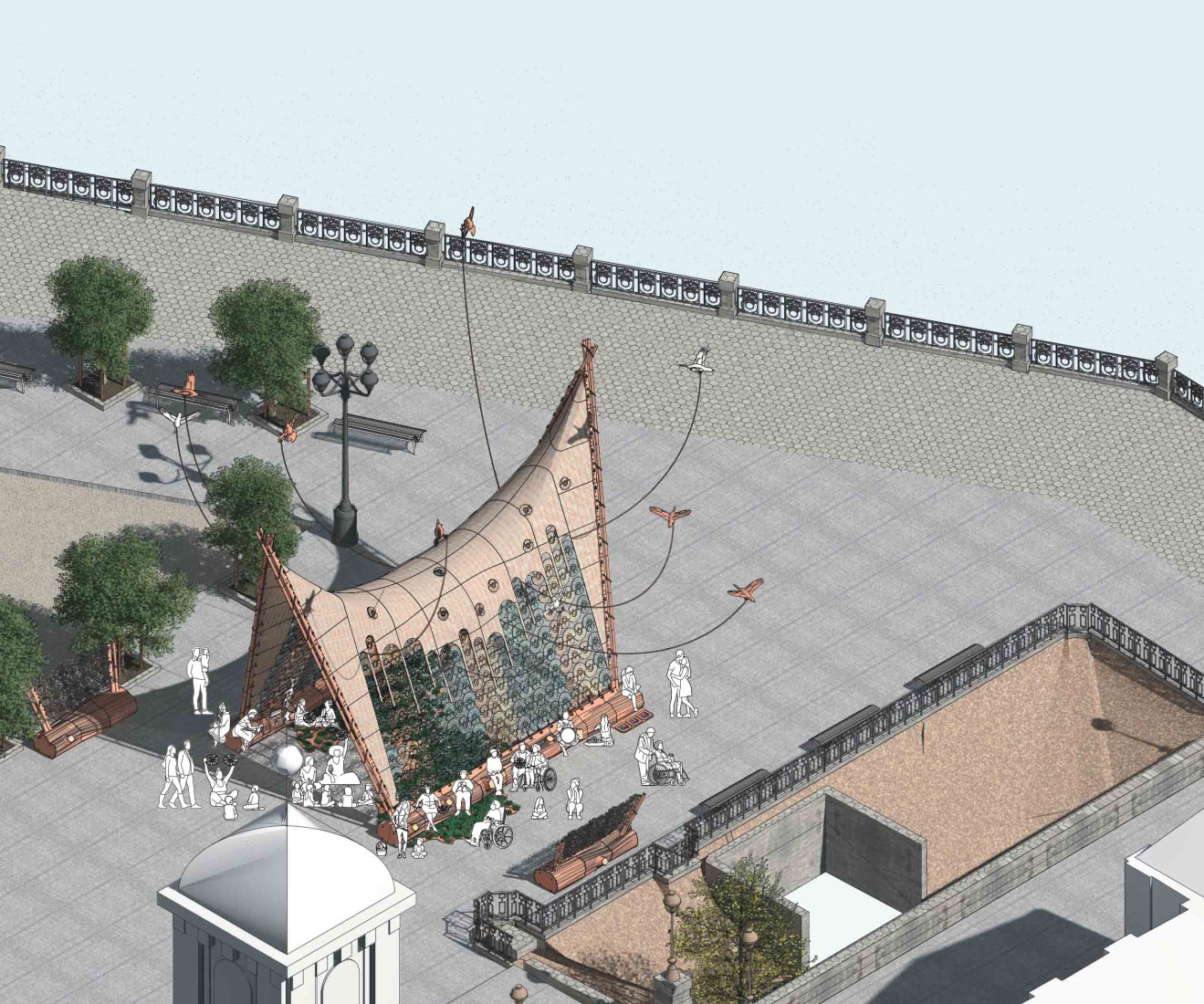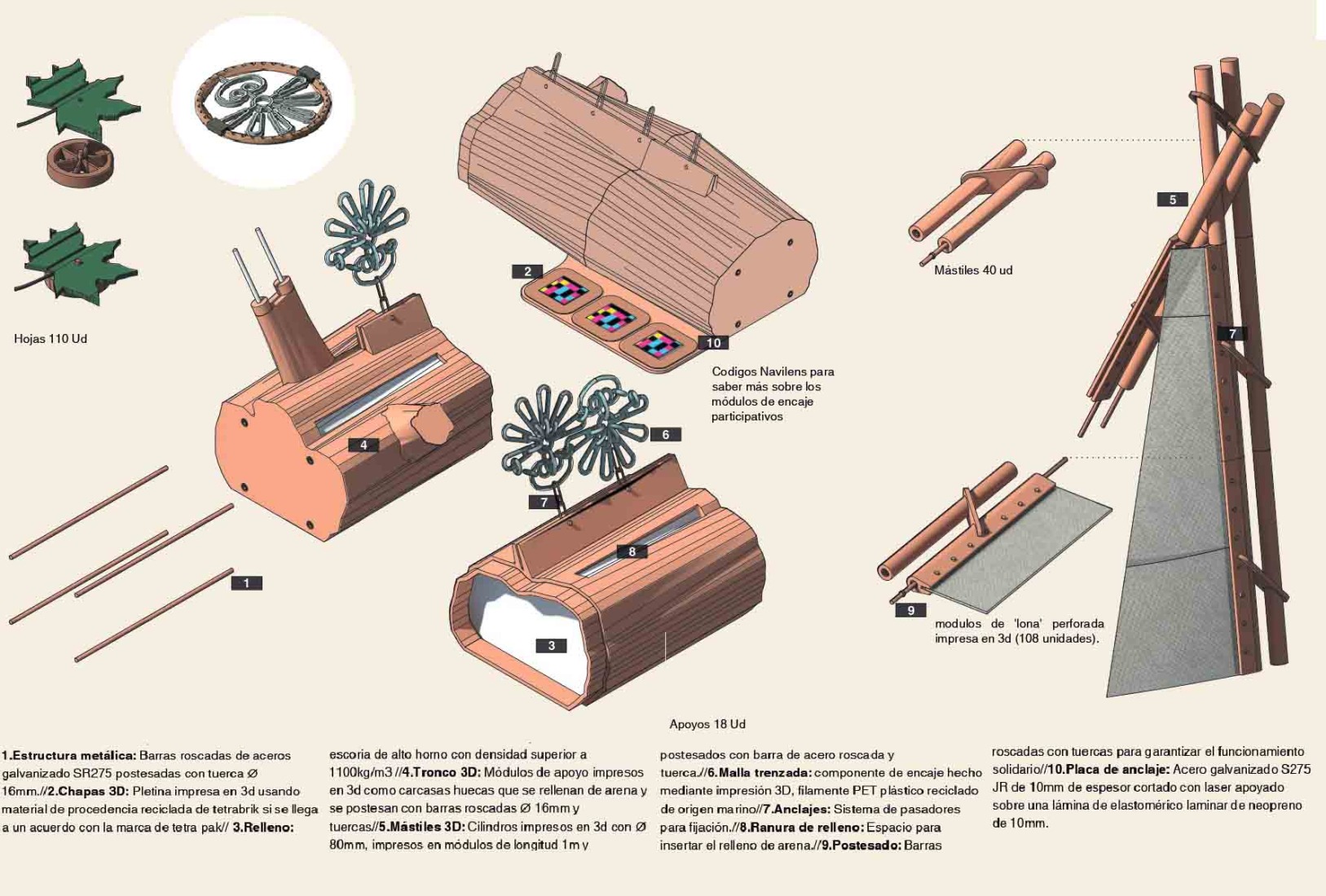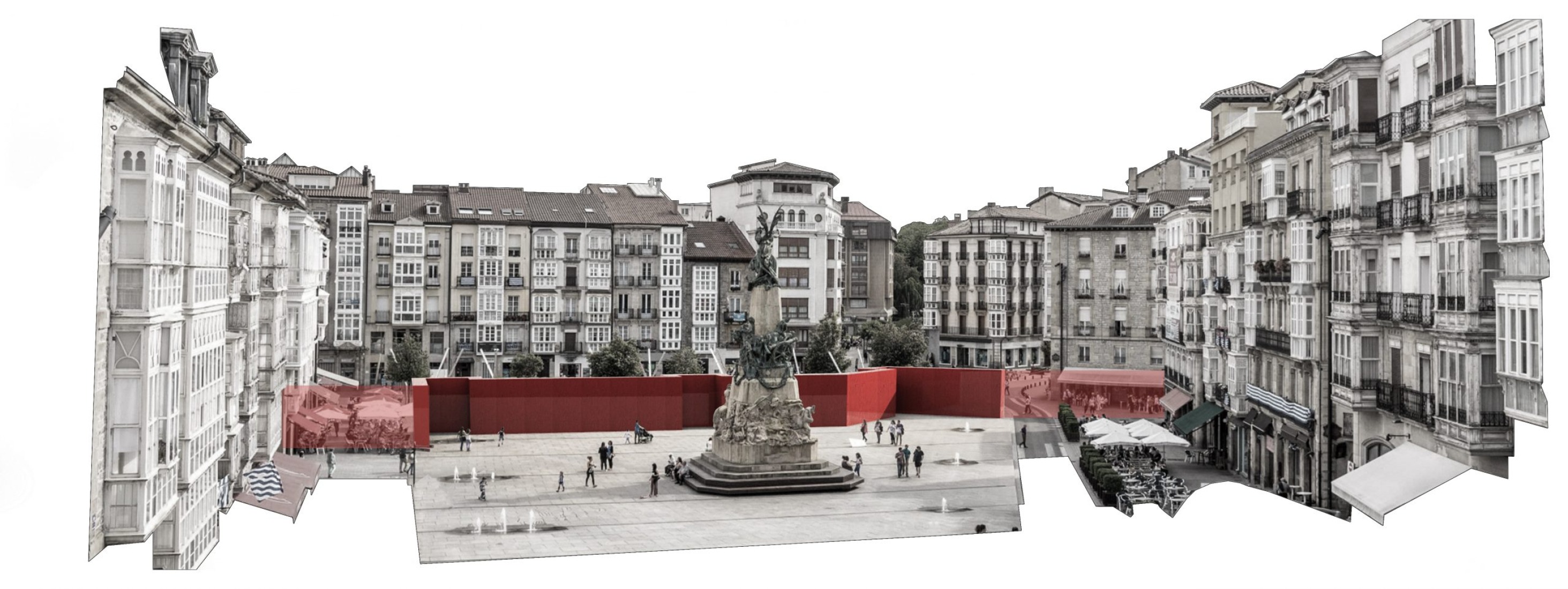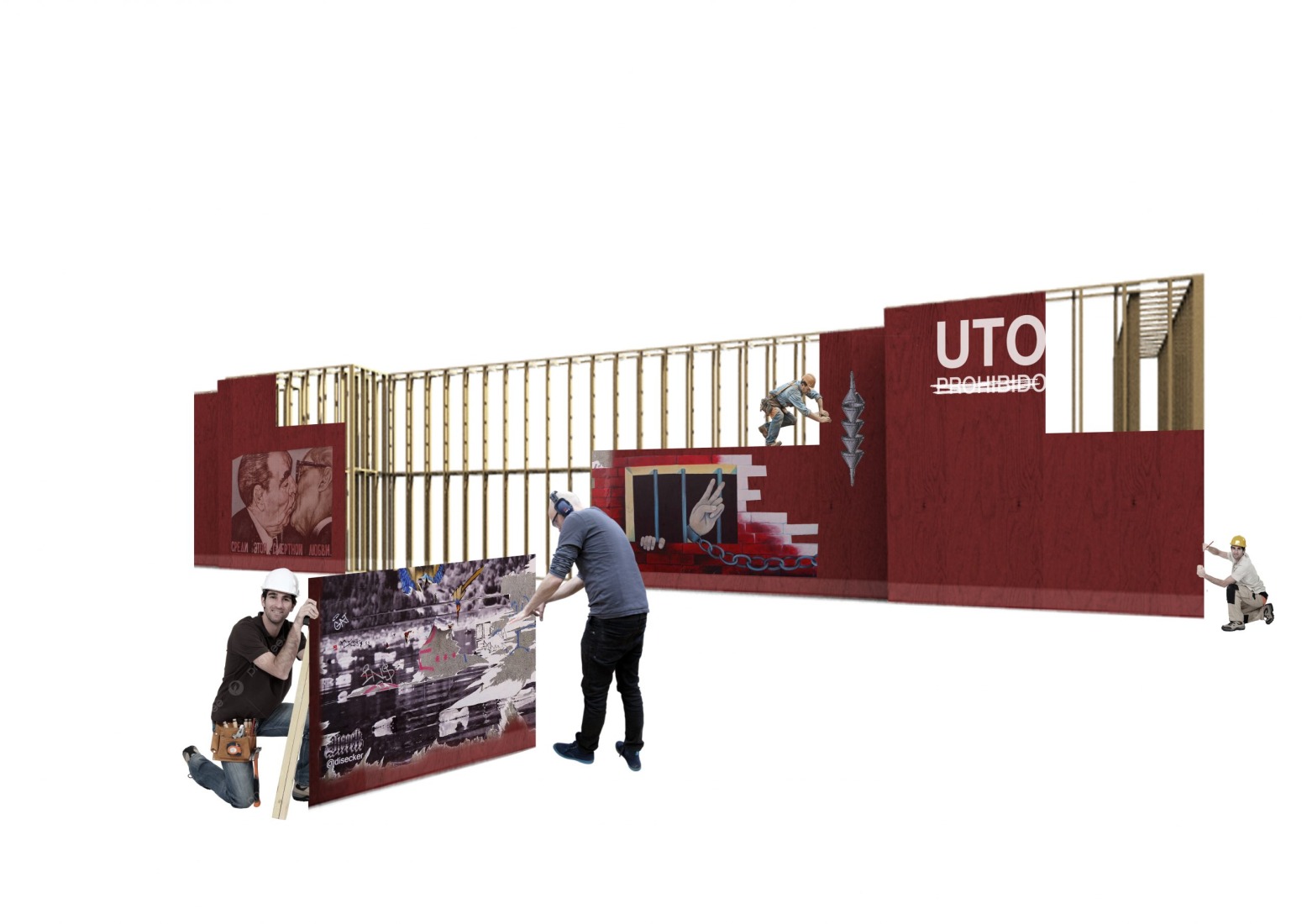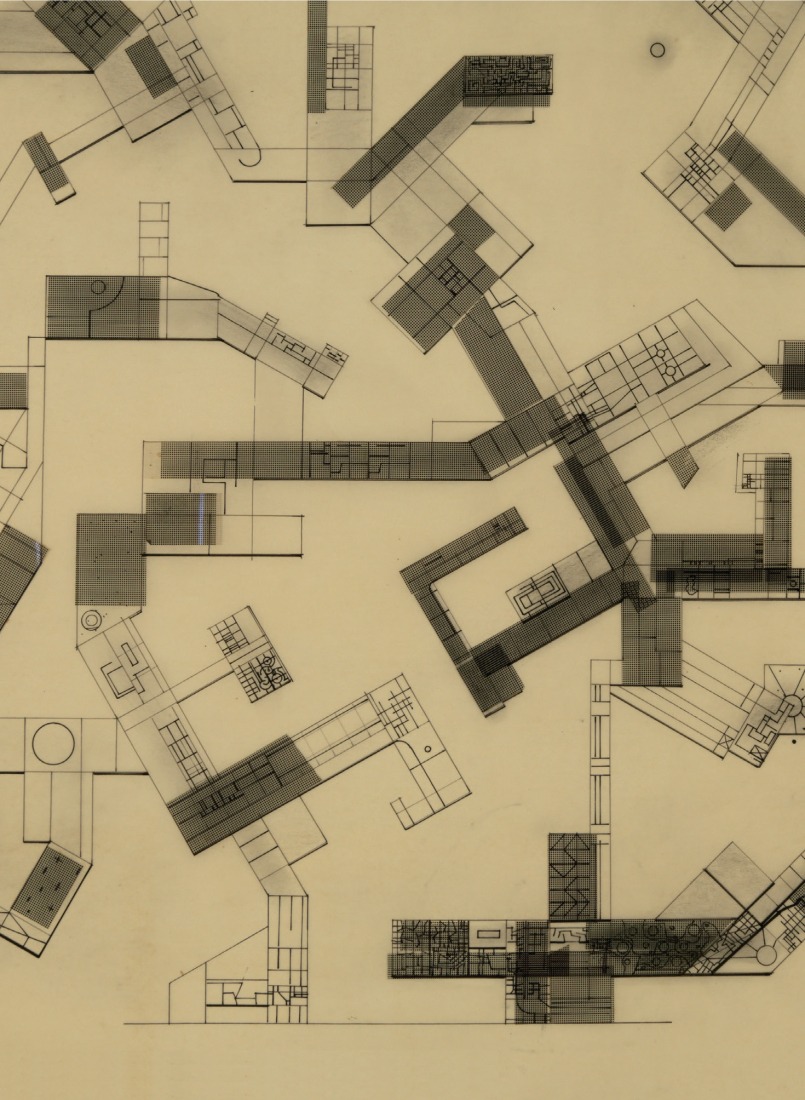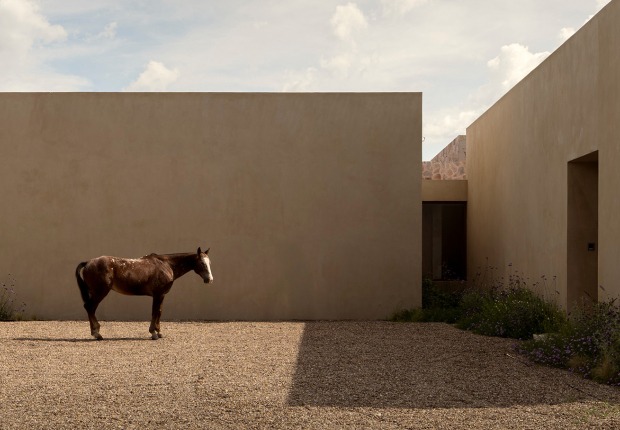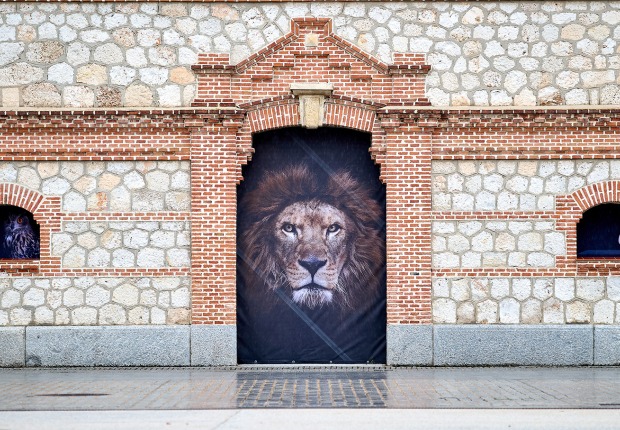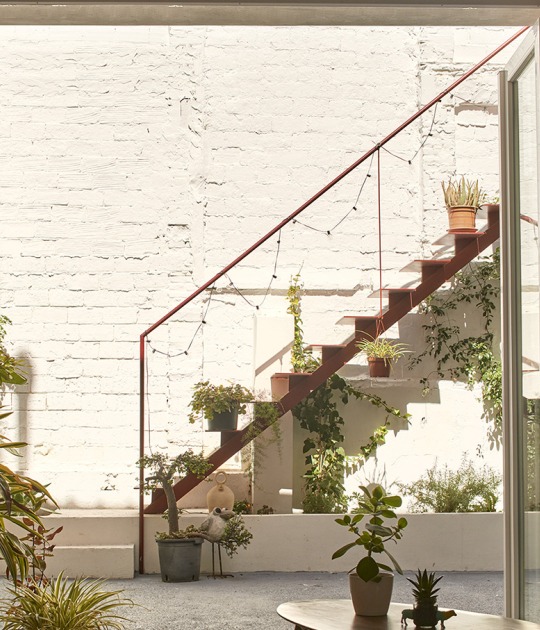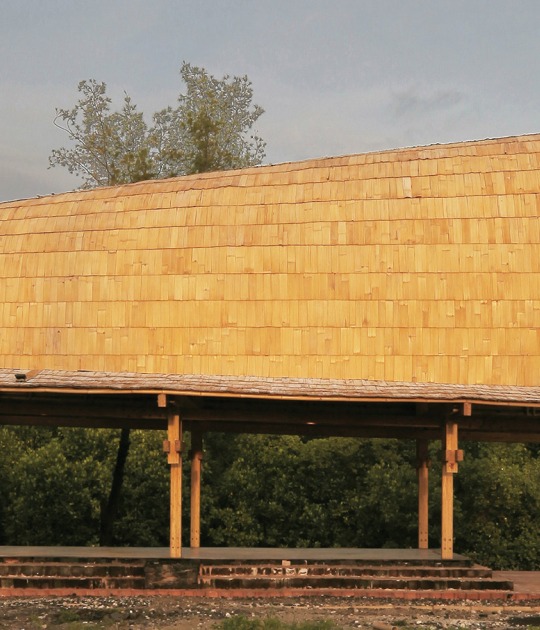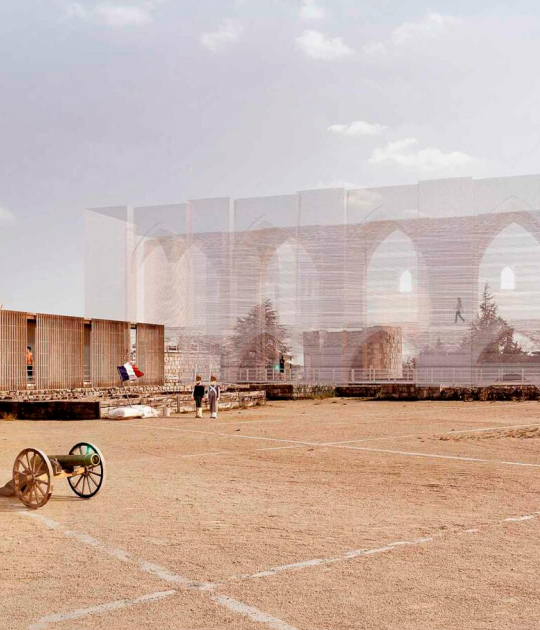Mugak/2025 will open its fifth edition on October 9 at the iconic Kursaal in San Sebastián, with an inaugural lecture by Ghanaian-Scottish architect, professor, and activist Lesley Lokko OBE.
The theme chosen by the International Architecture Biennial of the Basque Country, Mugak, for its fifth edition is titled “Castles in the Air, or How to Build Utopia Today” and seeks to reflect different ways of approaching utopian thought through architecture and art.
“Eu-topias, Ou-topias”, the central exhibition of the fifth edition. The Basque Architecture Institute (EAI-IAE) will host the main exhibition, “Eu-topias, Ou-topias”, which brings together nine prominent figures and entities to represent utopia through their work. Lesley Lokko OBE, Constant Nieuwenhuys, John Porral, Txuspo Poyo, Aristide Antonas, Sir Peter Cook, David Brown, Richard Sennett, Juno Calypso, and Rem Koolhaas have created this central exhibition, aligned with the theme of this edition.
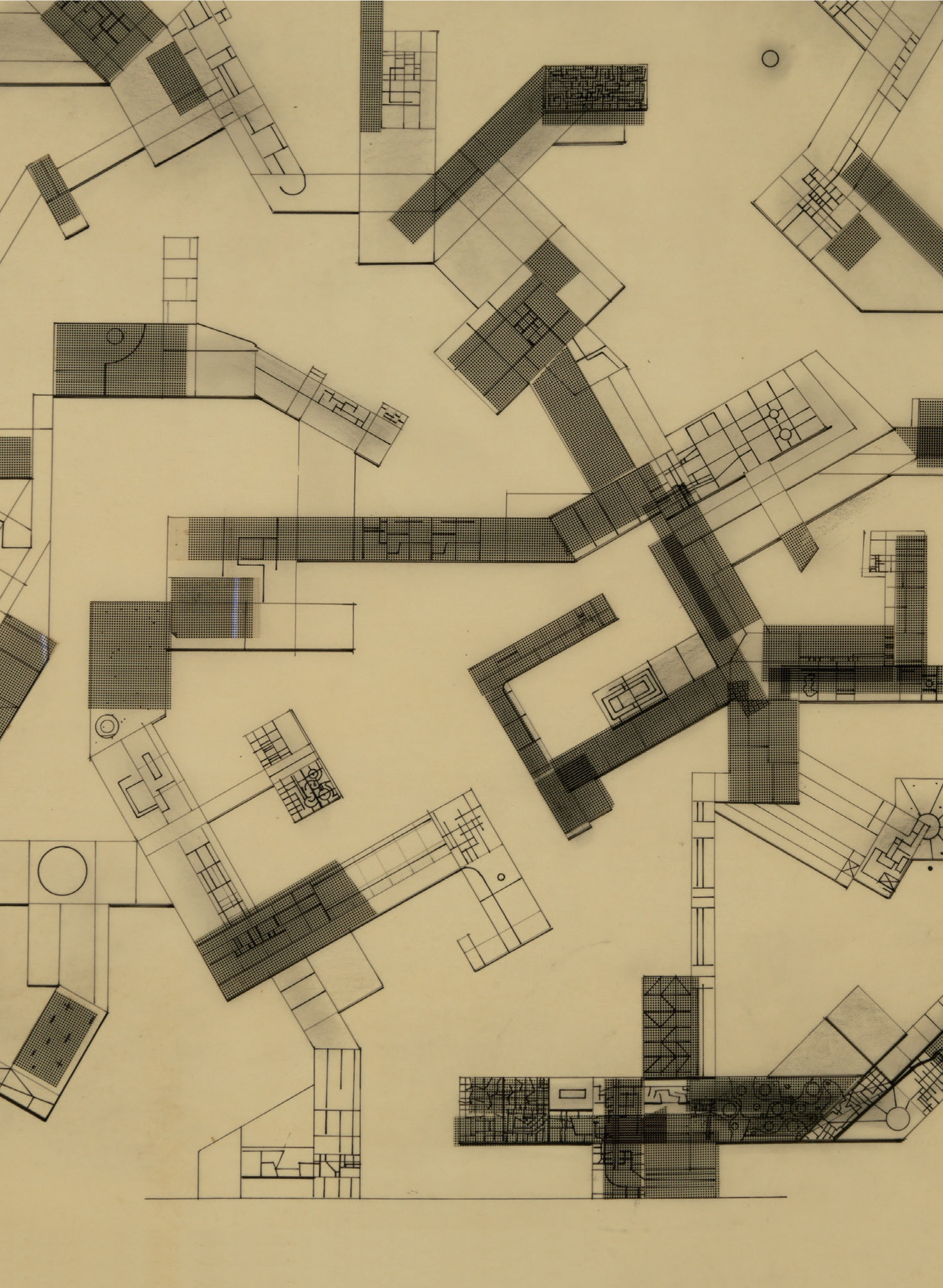
Constant, New Babylon, 1965, Drawing of a Group of Sectors, Collection Fondation Constant CID 986.
“Eu-topias, Ou-topias” is presented as a space that invites us to reflect on the transformative power and reconstructive capacity of utopia. Through the work of six architects and three internationally renowned artists, the exhibition fosters reflection on the future we want to build.
“The exhibition is inspired by The Story of Utopias by historian and urbanist Lewis Mumford. In it, the author offers a critical assessment of utopian thought, evaluating both its positive contributions and its weaknesses and burdens, and reflects on its impact on the search for a better future. Mumford distinguishes two ways of understanding utopian thinking: one oriented toward escape—so-called escape utopias—and another focused on reconstruction.”
María Arana, curator of the International Architecture Biennial of the Basque Country Mugak/2025.
Architecture across the three capitals. In line with the Biennial’s central theme, three architectural installations will transform emblematic squares in Bilbao, Donostia, and Vitoria-Gasteiz. These projects aim to demonstrate how architecture can activate public space, foster civic dialogue, and rethink our ideas of contemporary utopias.
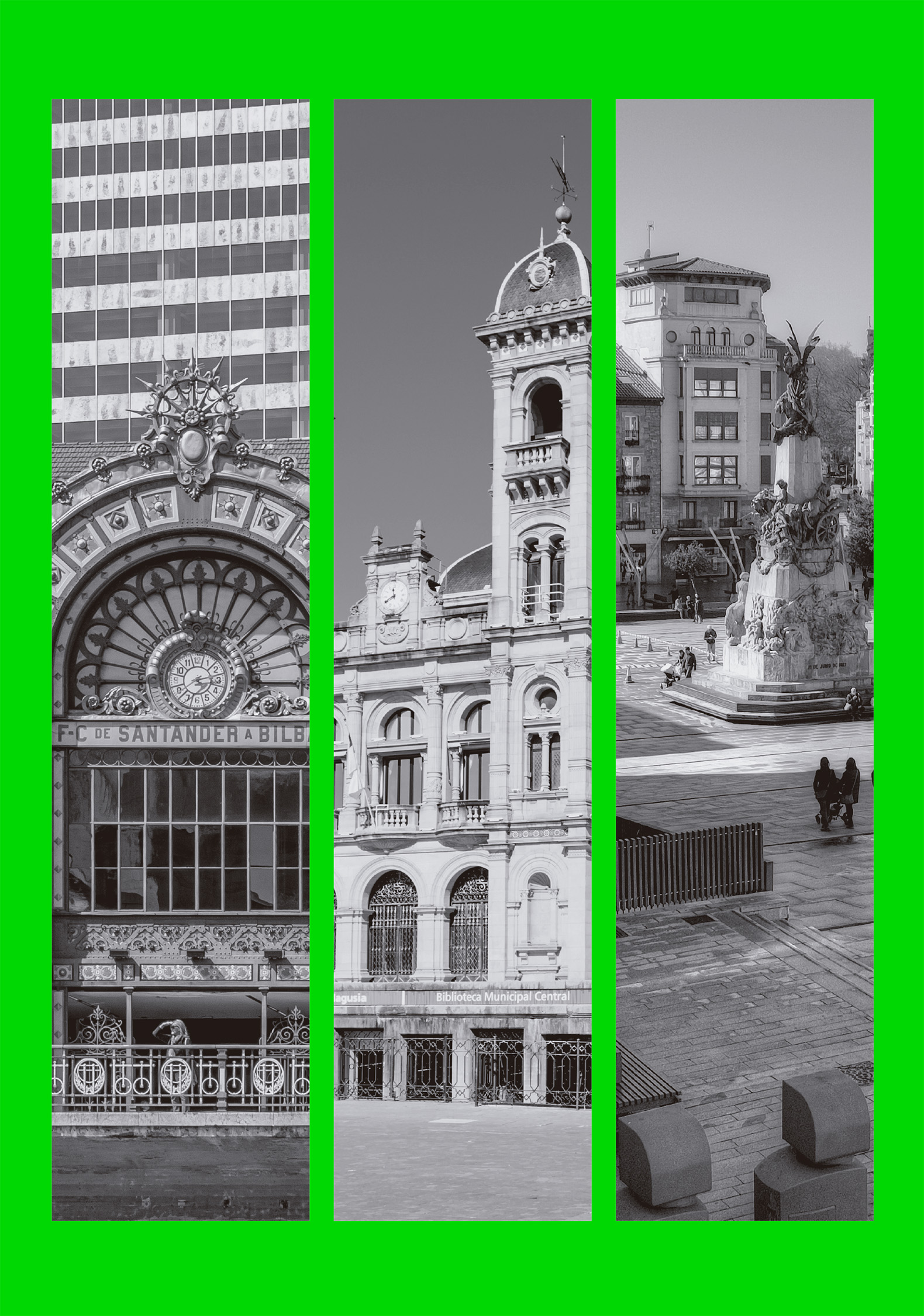
Three architectural installations will transform iconic squares in Bilbao, San Sebastian, and Vitoria-Gasteiz.
- Plaza de las Mujeres, Bilbao. "Etxenoi" by AMA Architectural Office — Jaime Gutiérrez and Itziar Molinero Miranda.
- Alderdi Eder Esplanade, Donostia – San Sebastián. "Lightness and Protest: Embroidery as a Feminine Utopia" by Izaskun Chinchilla Architects.
- Plaza de la Virgen Blanca, Vitoria-Gasteiz. "Utopia: No Entry" by Sebastián Bayo Monjas.
Additional exhibitions. Beyond the central exhibition, this edition brings new projects. Santos Bregaña will present “Uchronias of San Sebastián” at DBus shelters in Donostia starting October 10, showcasing unbuilt architectural and urban projects for the city. From October 16, Chillida Leku will host “Limina – Cosmopolitan Chicken Project 30”, focused on cultural diversity and encouraging visitors to step outside the usual exhibition route. On the same day, the Peña Ganchegui Prize will once again showcase this year’s finalists at the EAI-IAE.
As part of the Off Mugak/2025 program of parallel activities, Donostia will host “Hurrengo Geltokia: Amara-Easo”, dedicated to Playa de Vías, the city’s largest transformation of social housing. It will open on October 15 at the former Fire Station on Easo Street. In Vitoria-Gasteiz, the exhibition “Interwoven”, curated by Zaida Muxí and a team from Tecnológico de Monterrey, will highlight the work of women architects on the Mexico border, using the installation Utopia: No Entry as its backdrop, starting October 23.
Talks and innovative formats. Audiences will once again enjoy a wide-ranging and engaging program of lectures. The creators of the ephemeral architectural installations will also be present at their inaugurations to analyze their work together with the public. The Dutch artist Constant’s New Babylon will gain renewed attention through the perspective of historian Juan Pro, who will revisit his proposal on October 31 at the EAI-IAE. The Off Mugak/ program also features highlights such as a conversation on the legacy of Lilly Reich, also at the EAI-IAE on October 18.
As part of its innovative formats, the project “HAUSTURAK” will combine lectures with an immersive audiovisual installation and performance by Edorta Subijana, Garazi Egiguren, and J. Sasso at the Iesu Church in Donostia, November 6–8 at 9:00 p.m. At Chillida Leku, Fernando Cremades will present the workshop-performance “Interspecies” on October 25 at 5:00 p.m. In all three capitals, various companies and artists will perform interpretations of the structures created in the workshop “Architecture without building”.
Closing session. The Biennial will close on November 14. The final event will be a reflection on architecture biennials as platforms for bringing emerging discourses into view. Today, they face the challenge of defining themselves between the critical and the spectacular, the experimental and the institutional. Within this context, curators and international cultural agents Eva Franch, Ethel Baraona, Iker Gil, Fabrizio Gallanti, and José Ángel Medina will engage in a collective reflection on the meaning and future of architecture biennials, in a roundtable moderated by Marta Rincón. The event will conclude with a musical performance as the grand finale of Mugak/2025.
All activities are entirely free of charge, although some will require prior registration. Full information, including the complete program, is already available on the Mugak/2025 website.
